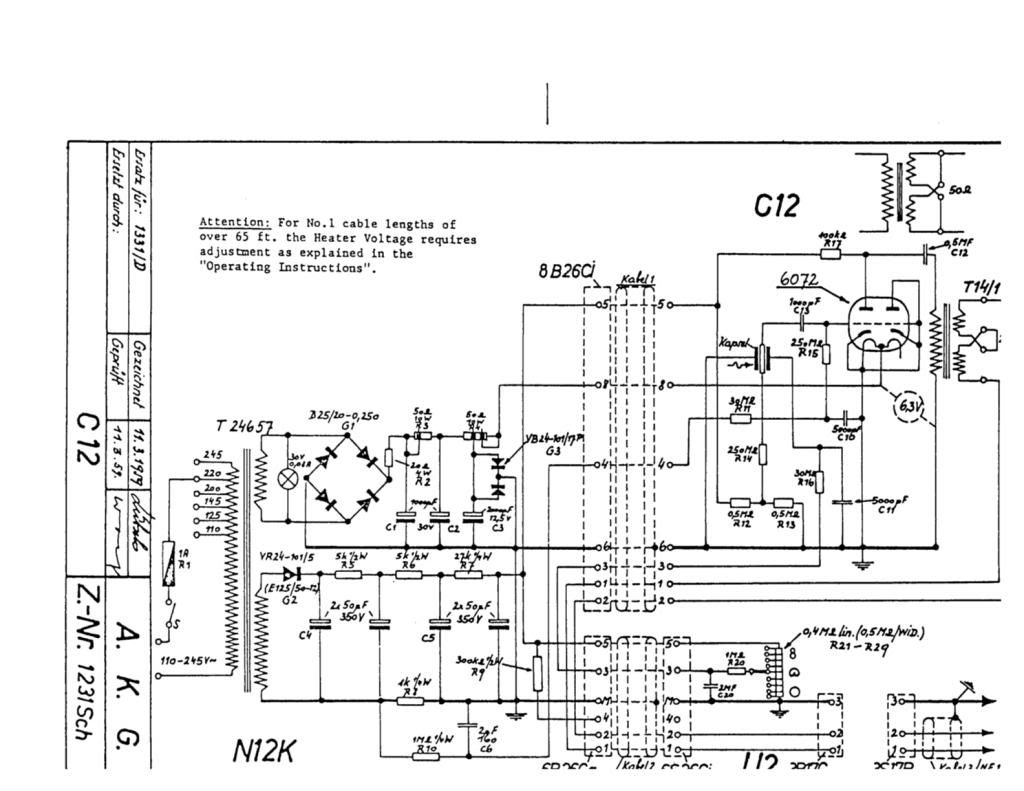Gary,
It's true that the circuits you've mentioned are all essentially flat in terms of frequency response - ie they have none of the frequency-shaped negative feedback that you find in the U67 and basically just pass the signal from the capsule to the transformer unaltered (leaving aside the normal bandwidth limits set by the grid resistor and cap-coupled transformer output stage).
If you take away the resistors and caps that are there to filter the power and bias the active components, the fundamental components of any tube mic circuit - capsule, tube, transformer - basically just need to work together well, in terms of impedance matching the signal from the capsule to the outside world. After that, the subjective consideration of desirable sound comes into play with regard to the quality of the components and the colouration they impart in combination with one another. In DIY, this can only be found through trial and error.
The capsule does have the most impact on defining the sound, and the fundamental difference in these capsules can be defined by whether the diaphragms are edge-terminated or centre-terminated.
The scheme used to bias the tube makes a subtle difference to the character of the circuit that, once you are familiar with it, helps make the sound of a particular microphone recognisable as falling into one or the other of the categories:
C12: edge-terminated capsule, *fixed-bias;
251: edge-terminated capsule, cathode-biased;
U47: centre-terminated capsule, fixed-bias;
M49c: centre-terminated capsule, cathode-biased.
So you see, all bases are already covered. You are not exactly breaking any rules by putting a 47-type capsule in a C12-ish circuit at all - it's then close enough to a U47 in terms of topology, just not a clone.
There is a lot of fetishism around here, which is why there is so much attachment to the 'authentic' iterations of the classic mics. That, and the eagerness by some to exploit the ready market for clone kits.
Your mic will have it's own sound anyway, as you are using different components to begin with. I say go for it!

[EDIT: * corrected below]













![Electronics Soldering Iron Kit, [Upgraded] Soldering Iron 110V 90W LCD Digital Portable Soldering Kit 180-480℃(356-896℉), Welding Tool with ON/OFF Switch, Auto-sleep, Thermostatic Design](https://m.media-amazon.com/images/I/41gRDnlyfJS._SL500_.jpg)



















